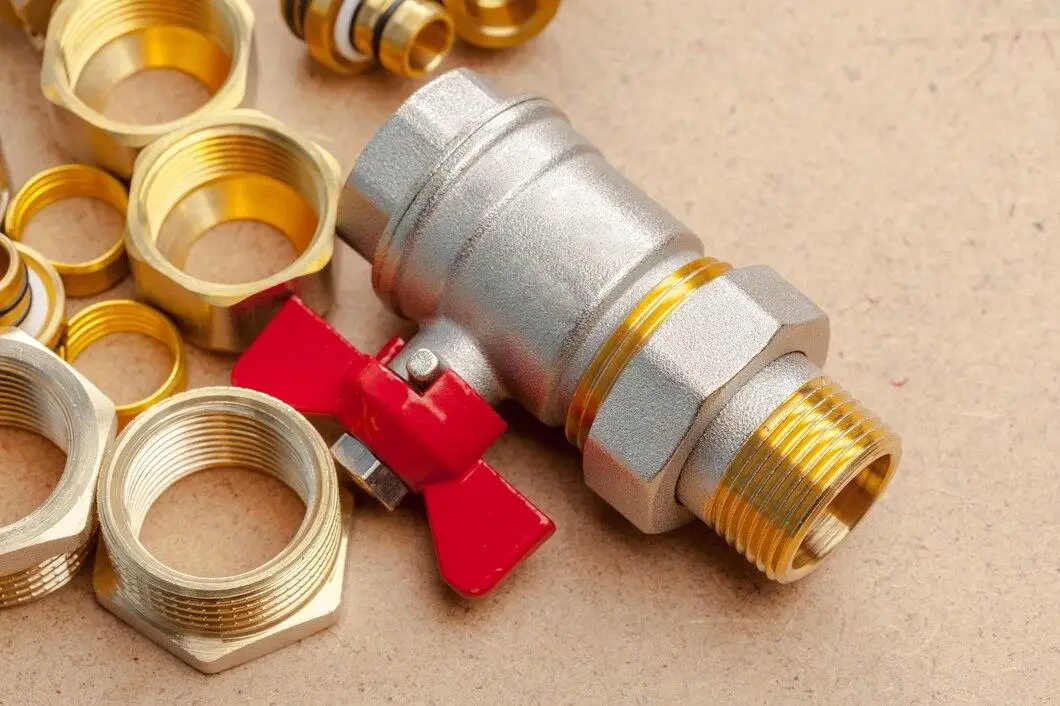
Usage of Pneumatic Fittings
Pneumatic fittings are connectors used to join sections of pneumatic systems, which typically involve air-driven tools and machinery. These fittings ensure a secure and leak-proof connection between various components, allowing the transfer of compressed air throughout the system.
- Connecting Components:
- Tubing to Valves/Cylinders: Pneumatic fittings are used to connect tubing to other components like valves and cylinders, ensuring a steady flow of compressed air.
- Multiple Tubing Connections: They can join multiple sections of tubing, creating a network of air channels.
- Ensuring Airflow:
- Seal Integrity: Properly selected and installed fittings prevent air leaks, maintaining the integrity of the system's air pressure.
- Flow Control: Some fittings are designed to regulate the airflow within the system.
- Flexibility and Customization:
- Different Configurations: Fittings come in various shapes and configurations (e.g., straight, elbow, tee, cross) to accommodate different system designs.
- Material Options: They are made from different materials like brass, plastic, stainless steel, and nickel-plated brass to suit various applications and environments.
- Ease of Maintenance:
- Quick-Connect Fittings: Certain types of fittings, like push-to-connect and quick-connect, simplify the connection and disconnection process, making maintenance and repairs easier and quicker.
- Reusability: Some fittings are designed to be easily removed and reused, adding to their convenience.
- Safety:
- Secure Connections: By providing secure and reliable connections, pneumatic fittings help prevent accidental disconnections and potential safety hazards.
- Applications:
- Industrial Automation: Used in manufacturing and assembly lines to operate pneumatic tools and machinery.
- Automotive Industry: Utilized in air brake systems and other vehicle-related pneumatic applications.
- Medical Equipment: Employed in devices such as ventilators and other pneumatic-powered medical tools.
- Home and DIY Projects: Used in various home improvement and DIY projects involving air tools.
Pneumatic fittings are essential components in pneumatic systems, used to connect sections of pipe, tube, and hose. They ensure a secure and leak-proof connection, allowing the transfer of compressed air throughout the system. Here are some key points typically covered:
- Types of Pneumatic Fittings:
- Push-to-Connect Fittings: Easy and quick installation, commonly used in maintenance and prototype testing.
- Threaded Fittings: Secure connections by screwing onto threaded ports or adapters, suitable for high-pressure environments.
- Barbed Fittings: Utilize ridges or barbs to grip onto tubing tightly, ideal for flexible tubing materials.
- Compression Fittings: Rely on compression rings or ferrules to establish a tight seal, used in high-pressure systems.
- Materials:
- Brass: Durable and corrosion-resistant, suitable for various applications.
- Plastic: Lightweight and cost-effective, ideal for low-pressure systems.
- Stainless Steel: High strength and corrosion resistance, used in demanding environments.
- Selection Criteria:
- Pressure Rating: Ensure the fitting can handle the system's pressure requirements.
- Compatibility: Match the fitting material with the system's tubing or piping material.
- Size: Choose the correct size to ensure a secure and leak-proof connection.
